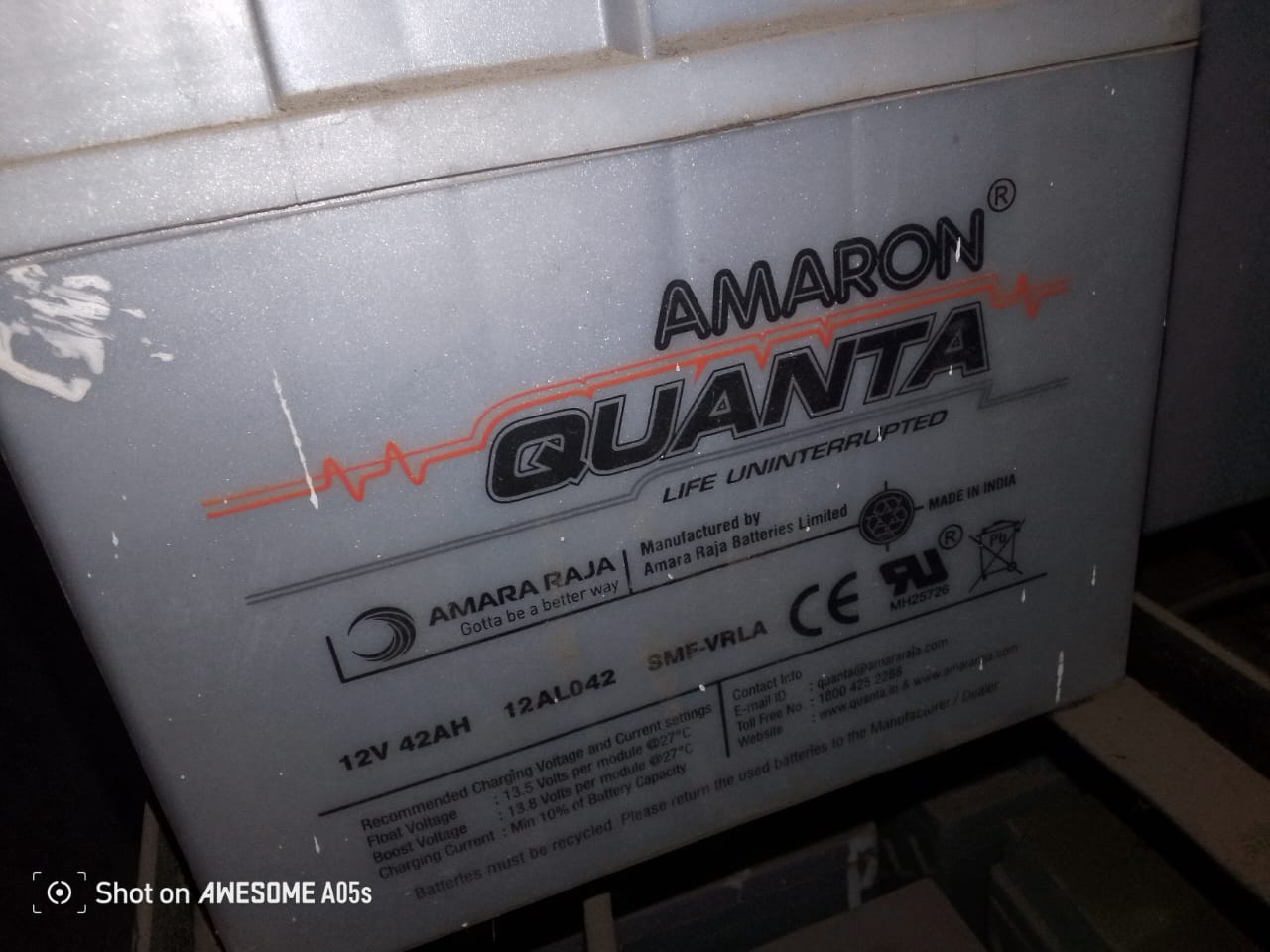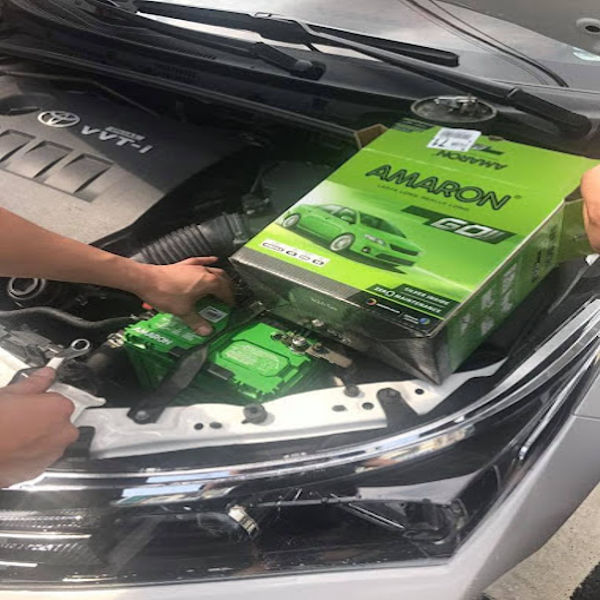The Amaron 200Ah Current Tall Tubular Inverter Battery (AR200TT54) is a popular choice for home and small office power backup solutions. It is known for its long-lasting performance and is designed to support high power demands while offering reliable service for inverters. Here\'s a detailed breakdown of the features and specifications of this battery: Key Features: Battery Type: Tubular Lead Acid Battery – Known for better deep-cycle performance and durability as compared to flat-plate batteries. It is especially suited for areas with long and frequent power outages. Capacity: 200 Ah (Ampere-Hours) – This indicates the total charge the battery can hold, with 200 Ah being suitable for larger inverters or longer power backup requirements. Design: Tall Tubular Design – The tubular design enhances performance and life span as it offers better heat dissipation and reduces the chances of plate corrosion. Technology: Amaron\'s proprietary technology – Utilizes advanced battery design and manufacturing processes that provide greater resistance to overcharging, longer life, and higher efficiency. Maintenance: Low maintenance – The battery comes with an advanced grid technology and corrosion-resistant components, which minimizes the need for constant maintenance. Long Life: Longer battery life – The tubular design and advanced technology help extend the life of the battery compared to other types of lead-acid batteries, making it a reliable long-term investment. High Durability: Durable in high temperatures – It performs well in high-temperature conditions, making it suitable for regions with hot climates. Deep Discharge Recovery: Deep discharge tolerance – This battery can tolerate deep discharges and can recover from them effectively, making it more reliable when the power goes out for extended periods. Warranty: Typically comes with a 2-year warranty (may vary depending on the dealer or region), which ensures that the battery is protected against manufacturing defects. Performance Considerations: Backup Time: The backup time depends on the load connected to the inverter. A 200Ah battery typically supports moderate to heavy loads for up to 6-8 hours depending on inverter efficiency and power usage. Charging Time: Generally, a fully discharged 200Ah battery will take 8–12 hours to charge completely, depending on the charging system’s capacity. Applications: Home UPS Systems: Ideal for homes with moderate to heavy power usage. Inverters: Works well with most domestic and industrial inverters. Solar Systems: Can be used for off-grid and hybrid solar setups. Small Offices/Commercial Use: Suitable for locations that require a stable and reliable power backup. Pros: Long-lasting: The tubular design offers superior longevity compared to other types of batteries. Higher Charge Retention: Better charge retention ensures less frequent charging. Corrosion Resistance: Advanced technology ensures that the plates are protected from corrosion, which can extend the battery life. Cons: Weight: As a high-capacity lead-acid battery, it is heavy and might require more effort during installation. Space Requirements: It may require a bit more space compared to flat plate batteries due to its larger size. Conclusion: The Amaron AR200TT54 200Ah inverter battery is an excellent choice for those who need a high-capacity, durable, and low-maintenance backup solution. Whether you are using it for residential, commercial, or solar power applications, it provides long-term performance and reliability in all kinds of power outage scenarios.
Send Message







